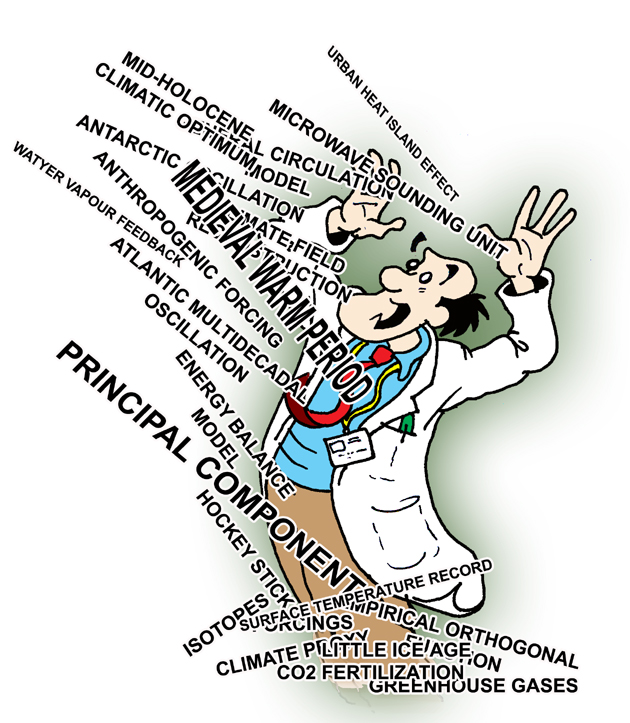Author Chris Mooney (of “Storm World” fame) and fellow “Intersection” blogger, scientist, and writer Sheril Kirshenbaum have written an extraordinary, if rather sobering book entitled ‘Unscientific America’. What I found most refreshing about the book is that it not only isolates the history behind, and source of, the problem in question—the pervasiveness and dangerousness of scientific illiteracy in modern society–but it offers viable solutions. This book is a must read for anybody who cares about science, and the growing disconnect between the scientific and popular cultures (the problem of the so-called “Two Cultures” first discussed by C.P. Snow).
‘Unscientific America’ explores how we’ve come to the point we’re now at, examining the historical factors behind the diminishing prominence of science and scientists in the popular culture of the U.S. since its heyday in the years following WW II. The authors uncover more than enough blame to go around. They find fault with the media, both in how it portrays science and scientists (e.g. the icon of the ‘mad scientist’), and in the decreasing news coverage devoted to issues involving science and technology. They find fault in the way policy makers often abuse science (cherry-picking those particular scientific findings which suit their agenda), and in the behavior of corporate special interests who, in areas such as our own area of ‘climate change’, have often deliberately manufactured false controversy and confusion to dissuade the public from demanding action be taken. At this point, the scientists among you might begin to feel absolved of any responsibility for the problem. Don’t–Mooney and Kirshenbaum won’t allow us to escape blame, and with good reason. As they point out, we ‘eat our own’, when it comes to colleagues engaged in public outreach and science popularization. Case in point: Carl Sagan–a hero to many of us who value science outreach. One of the darker episodes in modern U.S. science history was the blocking by Sagan’s fellow scientists of his entry into the U.S. National Academy of Sciences. Evidently, a majority of his colleagues resented his having become a household name–something they presumably considered unbecoming for a scientist. What sort of message does it send when the most effective science communicator in modern history was shunned by his colleagues for his efforts? Certainly not a good one. This is just one example, and there are many others–it is not surprising that so few scientists to choose to pursue the path of outreach and public education. The reward systems in academia and the scientific world typically do not favor scientists who choose to expend considerable time and effort engaging in public discourse. And here of course, it is as much that system, as the scientists themselves, which is to blame.

